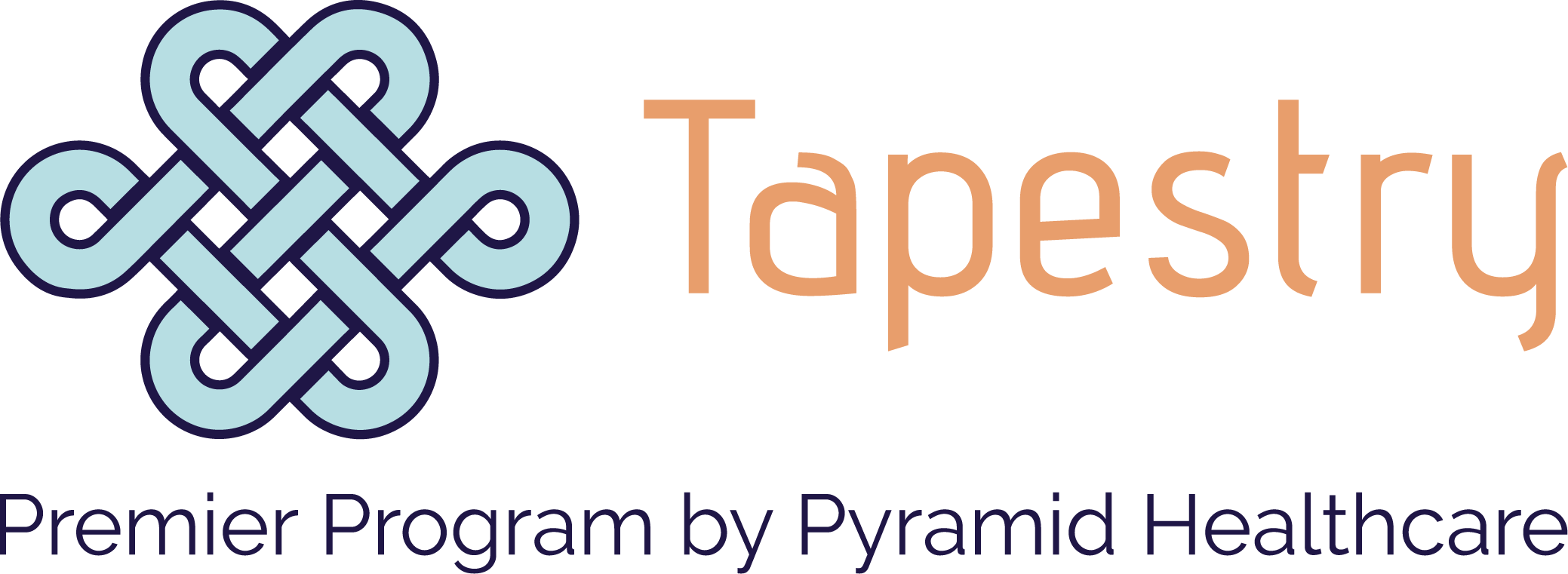Your Guide to Residential Mental Health Treatment
Mental wellness ebbs and flows during our lives. Sometimes we experience periods of contentment and joy, other times we face overwhelming sadness and anxiety. While it’s normal to experience changes in the state of our mental health, it’s important to know when those changes are severe enough to warrant professional intervention.
When you’re at a low point in your mental wellbeing, it’s possible that you may need around-the-clock care. In this article we’ll explain the basics around inpatient mental health treatment, like what it is, what you can expect and how you’ll know when you need it.
What is inpatient mental health treatment?
Mental health residential treatment is one of the highest calibers of treatment for someone who is struggling to manage a mental illness. These treatment programs occur 24/7 and patients stay overnight in regulated facilities in order to benefit from constant care and supervision.
These facilities offer medical and emotional support to individuals who struggle with:
- Depression
- Anxiety
- Bipolar disorder
- Schizophrenia
- Eating disorders
- Substance use disorder
- Suicidality
- And more
Residential or inpatient treatment is the highest tier of treatment, meaning it is the most intensive level of care. Below mental health residential treatment is outpatient care (which means individuals return to their normal lives in between sessions), continuing services and preventative care.
These levels of care function on a spectrum, as a person can move to greater program of care as symptoms worsen or a less intense service as higher functioning is achieved. Residential programming demands the most time while preventative services require the least commitment.
What happens during mental health residential treatment?
Inpatient treatment consists of two general components: symptom management and addressing the root of the mental health disorder. Symptom management will include identifying triggers to distress, brainstorming and practicing strategies to handle discomfort, using cognitive behavioral therapy in one-on-one and group sessions and so on.
You’ll address the root of a mental health disorder by meeting with a psychiatrist to address chemical imbalances in the brain, build up healthy lifestyle habits, process your past and make goals for the future.
When you’re in a mental health treatment facility, the bulk of this will happen in the context of group or individual counseling. While you may have a notion that therapy will require you to lay on a couch all day talking about your feelings, therapy is a broad term that can include any of the following.
- Psychoeducation
- Art or music therapy
- Outdoor therapy
- Recreational therapy (think yoga or hiking)
- Journaling with prompts
- Doing a guided meditation
- Using spiritual practices to advance recovery
- Animal-assisted therapy
- Play therapy
These and dozens of other modalities emphasize healing the whole person— body, mind and soul. A variety of integrative approaches make treatment more engaging and effective.
How is mental health treatment structured?
Inpatient treatment is adapted to your certain circumstances, so no two treatment plans will look the same. However, there are similarities in the daily structure of most residential mental health facilities.
Programs will begin with an assessment that can happen over the phone or in-person. Once you arrive and have completed the assessment, you’ll have a tour of the treatment center and taught the schedule and program expectations.
The day is structured around therapeutic programming, meal times, leisure, visiting hours and rest. The routine generally follows a work-day schedule, with breaks for meals and activity. You can expect around 7-to-10 hours of structured time each day.
How do I know if I need to go to inpatient mental health treatment instead of therapy?
It can be hard to decide for yourself when your symptoms require inpatient care, or even any intervention at all. If you’re unsure if residential treatment for mental illness could benefit you, the best way to be sure is to reach out for an assessment.
Here are some signs you’ll want to mention when you’re thinking it might be time for inpatient care.
- You have trouble controlling your thoughts and they interfere with daily life
- Your mental illness has caused problems in your work, school or relationships
- You have developed a dependence on drugs or alcohol
- You have been hospitalized for the symptoms of mental illness
- Daily tasks feel impossible to complete
- Previous attempts to manage a mental illness have failed
- Family and friends have mentioned that your symptoms have gotten worse
- You are unable to sleep or eat
- You have socially isolated yourself
- You struggle to differentiate between what is and isn’t real
- You have overwhelming physical symptoms like migraines, shaking, vomiting, etc
- You no longer take care of your personal hygiene
- You have thoughts or plans to harm yourself or someone else
If you or a loved one is facing signs of mental health distress, your best bet is to get in contact with professionals who can guide you through the process of healing from the very start.
At Tapestry, you can find just that. With secure, confidential care you’ll know you’re in good hands. Find the recovery you’ve been longing for and reach out today.






